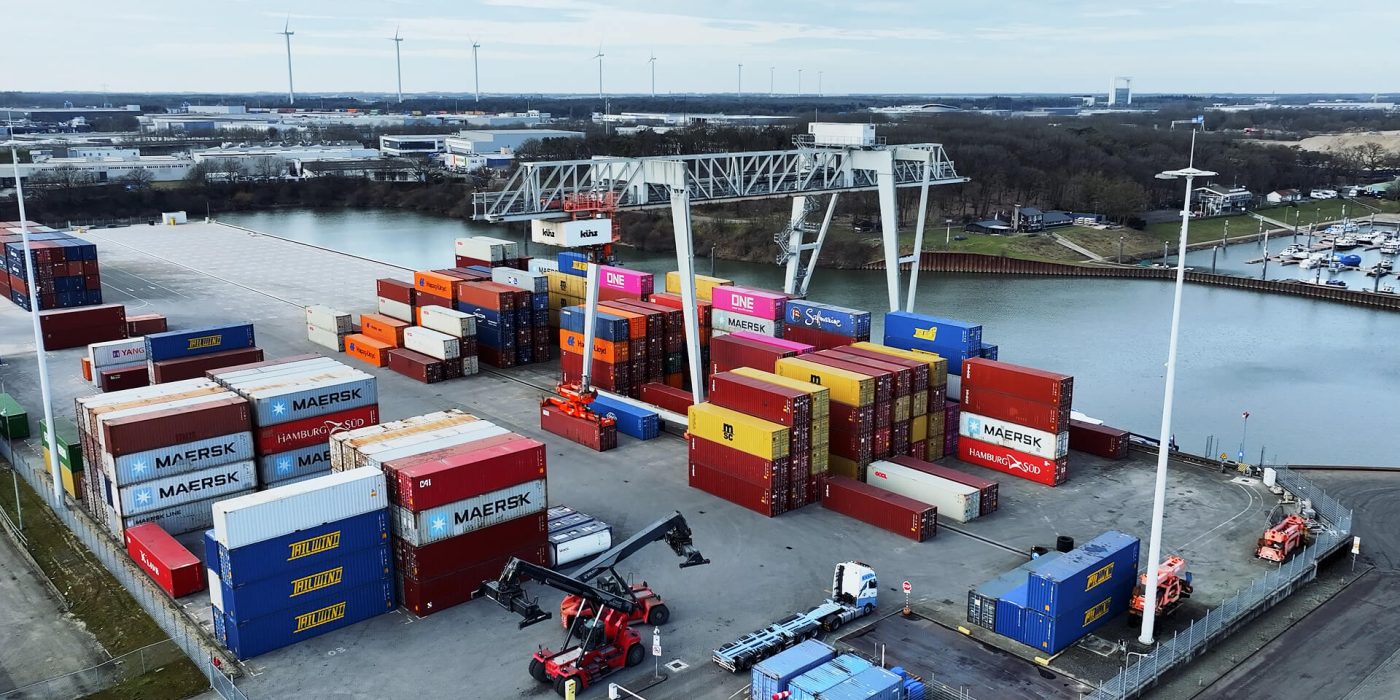The Port of Venlo is a strategically located inland port in the southeastern Netherlands, close to the German border. As a key multimodal logistics hub, it connects the Dutch hinterland with major European trade corridors through road, rail, and inland waterway networks. Situated in the Limburg region, the port plays a critical role in ensuring the smooth flow of goods between the seaports of Rotterdam and Antwerp and industrial centers in Germany. With a strong commitment to sustainability and innovation, the Port of Venlo actively supports seamless cross-border logistics and contributes significantly to the region’s economic growth.
The port has been engaged with the Green Inland Ports initiative since the early stages of the project. In parallel with its involvement in the PIONEERS project, Venlo is working towards the development of a Green Port MasterPlan (GPMP)that will guide its sustainable transformation in the decades to come. Insights and tools from the Green Inland Ports project are being integrated into this masterplan to help shape the port’s green and digital future.

We spoke with Peter van Wijlick, Policy Advisor Mobility and Logistics at the Municipality of Venlo, to gain insights into the port’s environmental and sustainability objectives, the challenges it faces, and its vision for the future. Please find the written interview below to get to know Port of Venlo and their activities.
1. What are the environmental and sustainability objectives for the Port of Venlo?
We are currently drafting a Green Port Master Plan (GPMP) with a Roadmap in which we explore and define how we want to become climate neutral — no later than 2050!
2. What major challenges do you need to overcome for the realisation of your environmental and sustainability objectives?
Mainly getting stakeholders involved and keeping them engaged. Also, mapping out the port’s ecological footprint due to lack of data.
3. What should a future-proof environmental or quality management system include to help the Port of Venlo boost energy efficiency and support sustainable development?
Be able to continuously monitor performance and help us adjust the GPMP and Roadmap as needed — this could very well be GRIP-ESMS. The development of a digital twin to share data between the stakeholders will also help towards this direction.
The Green Inland Ports study team would like to thank Port of Venlo for their great cooperation and joining as a pilot port!
